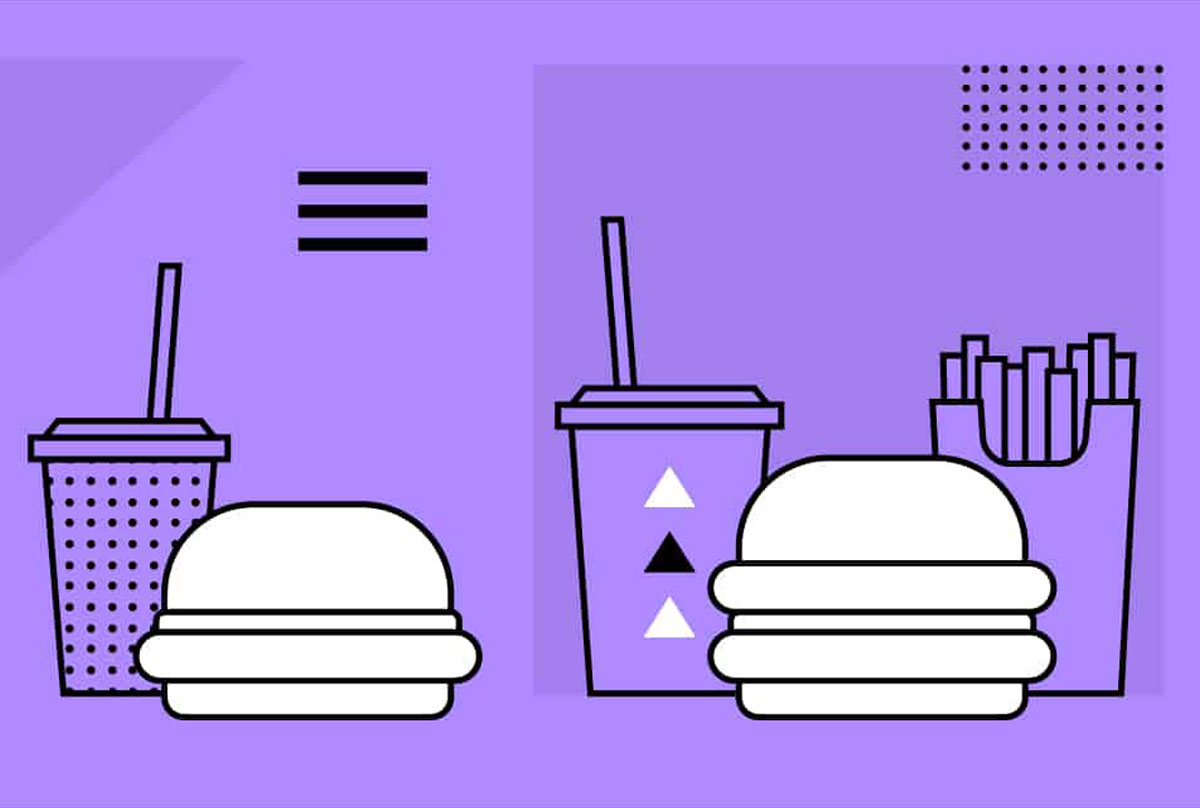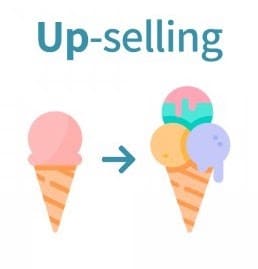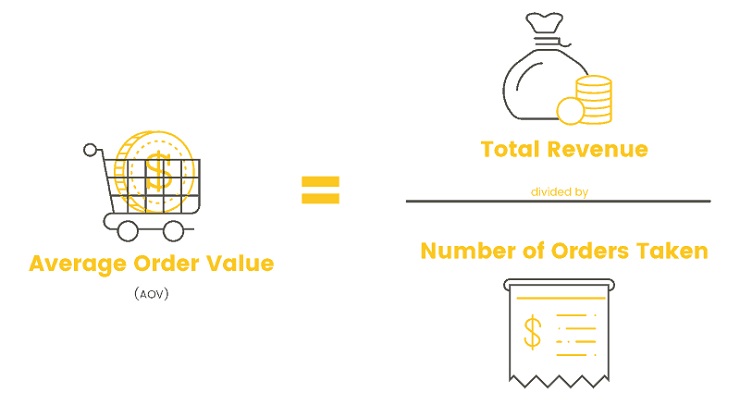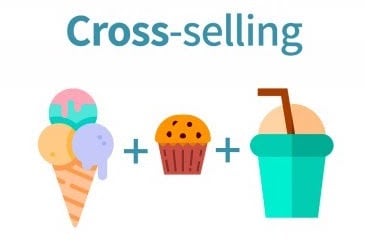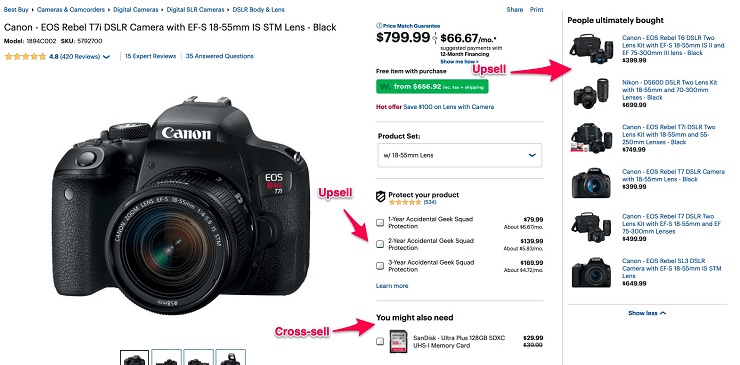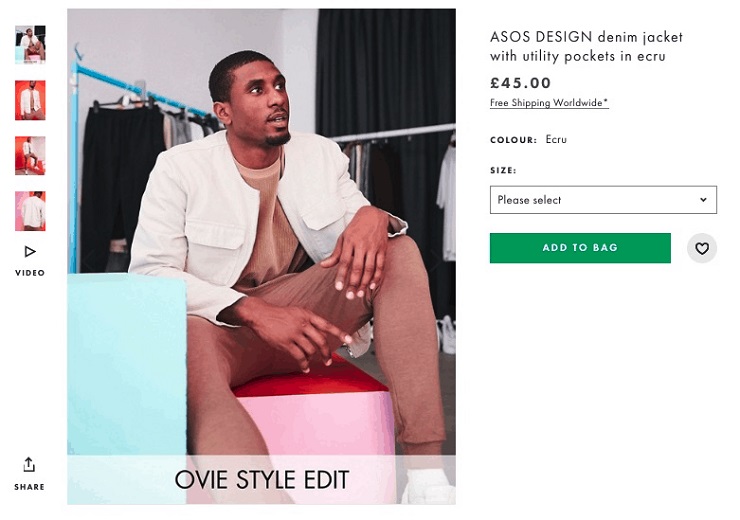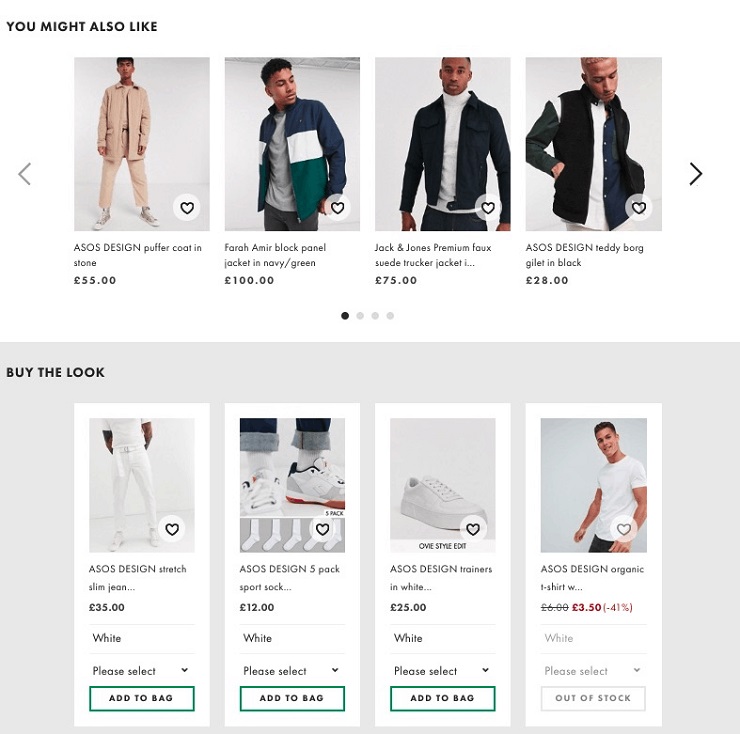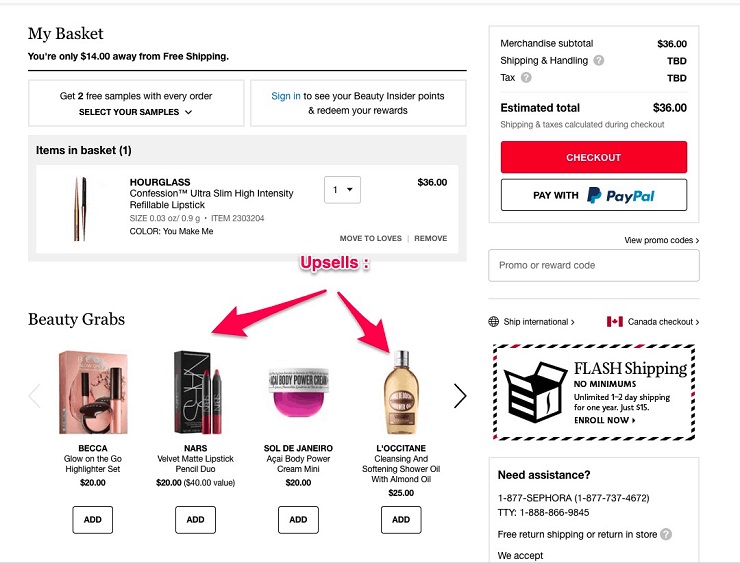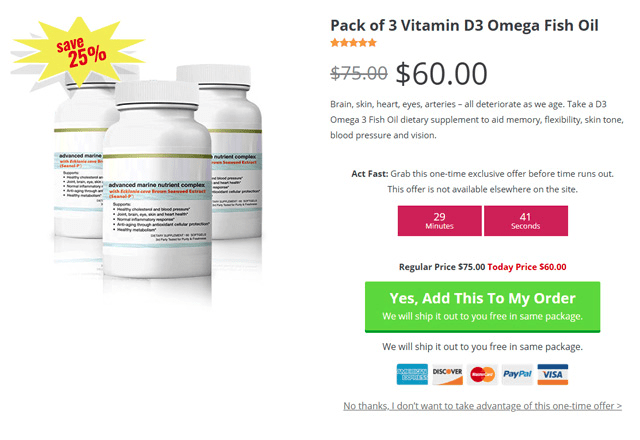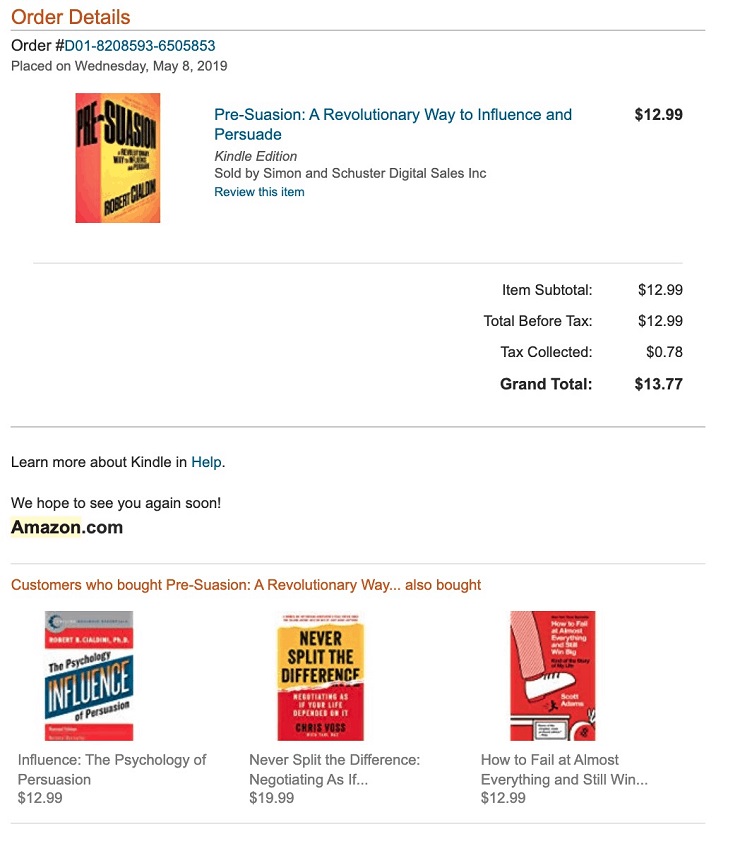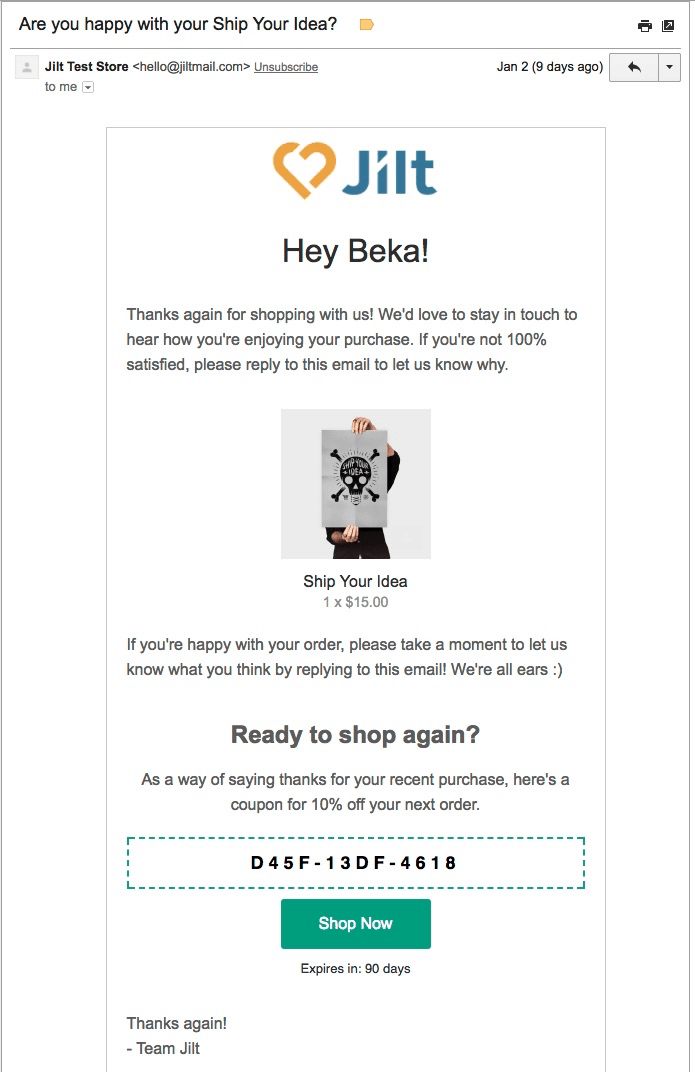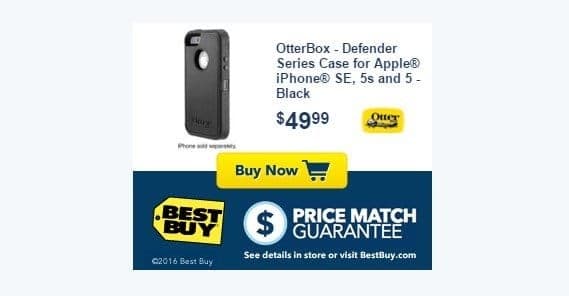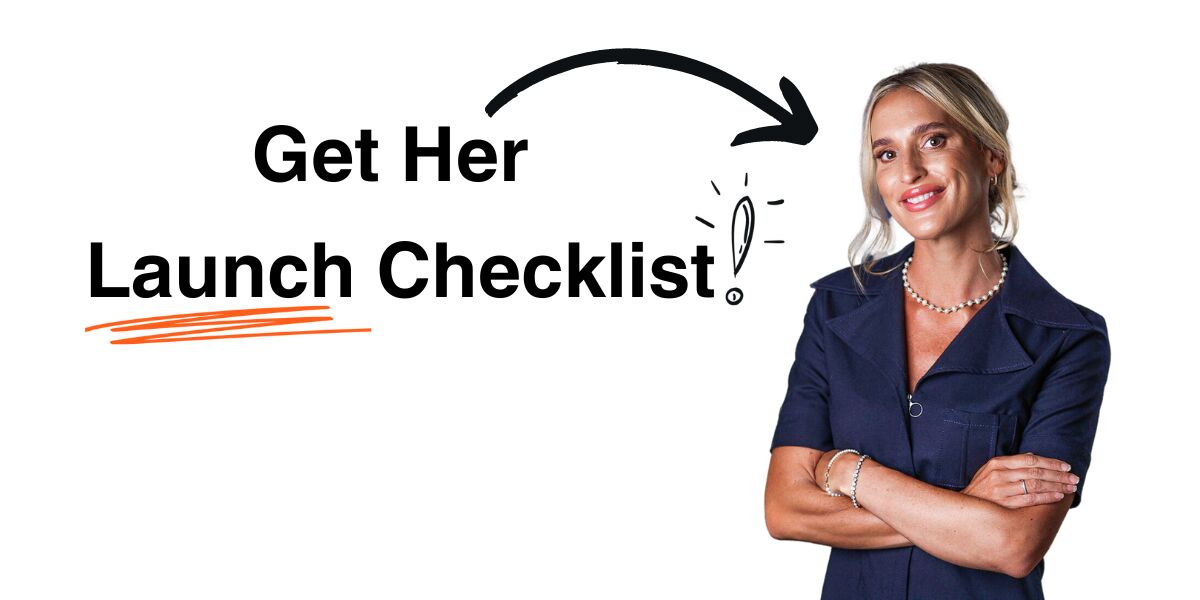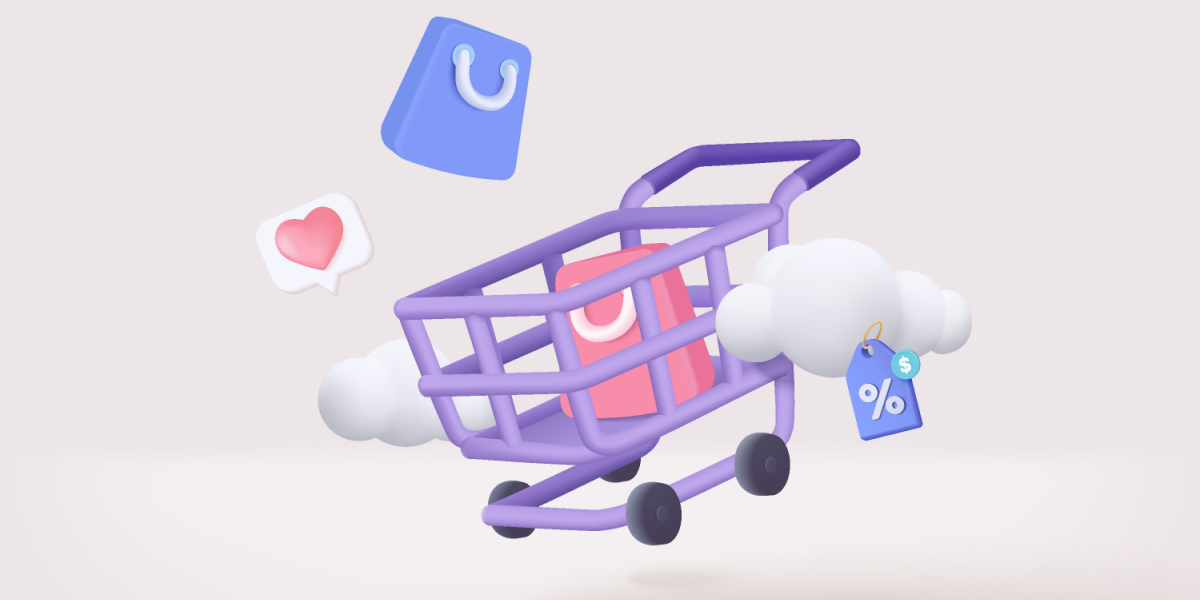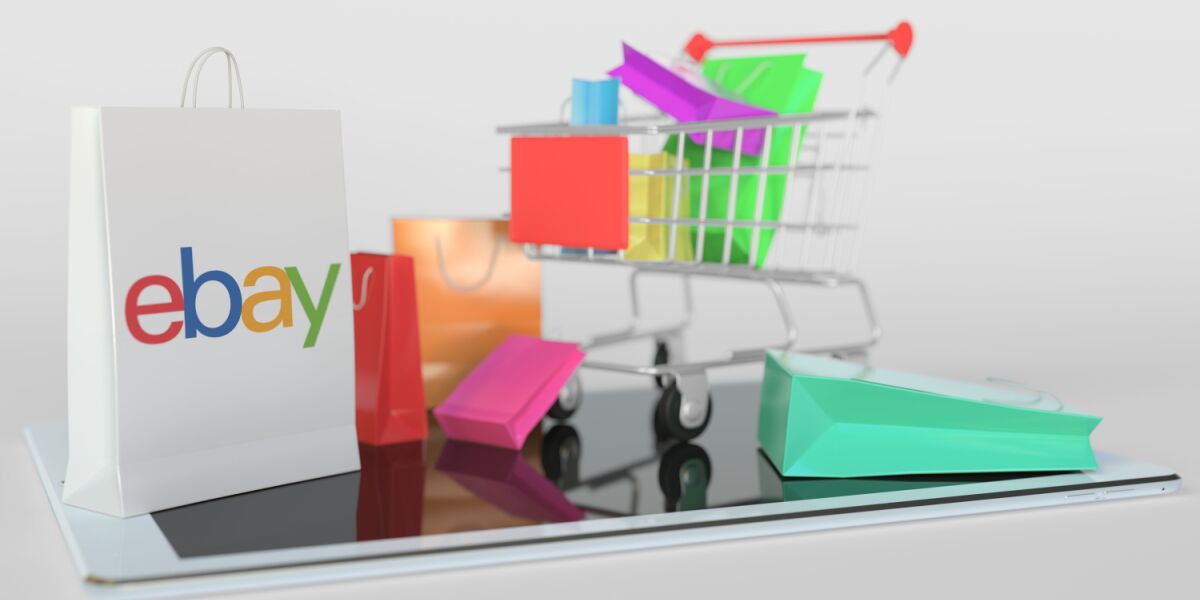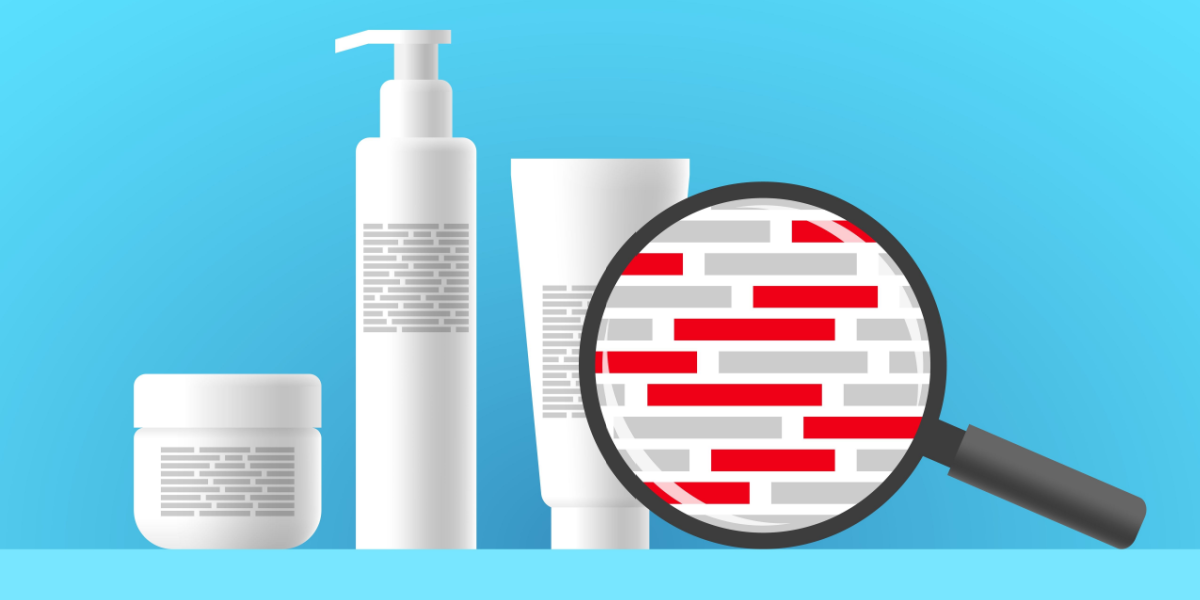When you think about making a sale for your ecommerce store, what comes to your mind? I’m guessing it’s someone browsing your product pages, clicking on the “Add to Cart” button, closing the deal and moving on. If that’s the full extent of the interaction, you are probably leaving a lot of opportunities on the table.
You can almost certainly make more money by using two tactics that amplify or even multiply the value of each purchase a customer makes—upselling and cross-selling.
Whether you have never heard of these tactics or you have but you’re not entirely sure how to execute them, in this article you will learn how each one works, the difference between the two, and how to put them to good use in your business.
Upsell: A Definition
Whenever a consumer makes a purchase, they’re making a decision. More than just “buy or don’t buy,” there are many internal emotions and factors that feed into the outcome. One of the most important factors is a sense of value: If you feel like you are getting more value back than the money you are paying, you’ll make a purchase—or multiple purchases.
Marketers are keenly aware of this idea, which is why they invented (or stumbled upon, depending on how you look at it) the concept of upselling.
Upselling happens when a company sells an additional product or service on top of the one originally considered by the consumer. It’s an upgrade that’s intended to maximize the value of the purchase.
Upsells are effective because they increase one of the key metrics that ecommerce store owners live by: average order value. An upsell increases the average order value by swapping in a more expensive version or selling add-ons for a given product.
An upsell can be a more expensive version of the same product (an iPhone 11 Pro with 64 GB versus one with 256 GB), an add-on for that product (an extended guarantee for a computer), or another, comparable product that is higher value and more expensive.
The entire job of an ecommerce marketer is to influence a customer to make a purchase, while reducing the friction involved when making it.
Once the customer is ready to make a purchase, it’s because on some level they trust your company, they identify with it, they understand your message, and that doesn’t have to be focused on one product; it can be extended to multiple ones.
If the customer is ready to buy, why not make a larger purchase? If they get value out of it, they might as well do it.
What Is Cross-Selling?
While an upsell focuses on selling more expensive, alternative products or an upgrade of the original purchase, a cross-sell focuses on selling related or complementary items to the product in question.
A cross-sell is different from an upsell in that the former focuses on separate products while the latter focuses on selling upgrades or premium versions of a product.
Similar to upselling, cross-sells allow a company to increase their average order value and take advantage of the purchase decision taken by a customer.
Upselling vs. Cross-Selling: Which Is Better?
By now you may be asking yourself: Should I use an upsell or a cross-sell in my store?
This is a valid question, but choosing between the two isn’t as important as understanding that both help you make more money from the same opportunity, by maximizing value for your customer.
The key is to expand the customer’s purchase, regardless of whether you call that an upsell or a cross-sell. Still, there are some cases where one may be better than the other. Take the following examples:
- You can sell an extended guarantee (upsell)
- You can sell accessories for a given product (cross-sell)
- You can sell improved features (upsell)
- You can sell similar products (both in price and functionality) from the same product line as the one in question (cross-sell)
- You can sell larger quantities, larger sizes, or a more expensive version of a given product (upsell)
Whatever the case, the key is that you add value to your customer’s life.
For each product you have, or even just a select number of your products, think about which of these examples apply.
- If you sell supplements, what other additional supplements that improve health and performance could you sell?
- If you sell clothes, what other products go well with a given product?
- If you sell electronics or gadgets, can you sell complementary supplies for your products? (think ink for a printer)
- If you sell a product with a limited shelf life (think food) or that get depleted after a certain number of uses (think makeup), can you sell larger quantities?
If you have more than half a dozen products, you’ll probably find that some products make less sense for an upsell. Think about your best-selling and most-reviewed products. You know they work great and that your customers love them, so why not offer them as extras?
Remember that both upsells and cross-sells improve your customers’ lives, so make sure to position them as such.
5 Ways to Use Upsells and Cross-Sells In Your Store
1. Add Upsells and Cross-Sells to Your Product Pages
One of the best and most obvious places to add upsells and cross-sells is in your product pages.
These usually take the shape of “Other Customers Have Bought” or “Popular Products” that you have so often seen in many ecommerce stores.
The way these upsells and cross-sells are positioned is what makes them work.
People don’t want to be sold, but if they happen to see that a given product is something they might like, they will gladly consider it.
Clothing stores very often recommend accessories that fit well with a given product—that’s one value-driven way of positioning their upsells and cross-sells. For example, when you check a product in ASOS, you get something like this:
But when you scroll down a bit, you get a pair of recommendations: first, alternative products the company believes you’ll like (probably based on their algorithm), and then, products that “complete the look” of the product you’re looking at.
The first can be considered upsells while the latter are clearly cross-sells.
But the “Other Customers Have Bought” or “Popular Products” previously mentioned don’t really speak to the customer per se—they’re just things other people like; it doesn’t necessarily mean they will like them too.
Weird as it may seem, the reason why these upsells work is because they leverage the power of social proof.
As explained by Robert Cialdini:
The principle of social proof states that one means we use to determine what is correct is to find out what other people think is correct.
The principle applies especially to the way we decide what constitutes correct behavior. We view a behavior as more correct in a given situation to the degree that we see others performing it.
People behave like birds in a flocks—they like to follow what others do. I know it sounds a bit sad, but it’s true! Otherwise, companies of the size of Amazon and Best Buy wouldn’t use the “Other People Have Bought” tactic so much.
By positioning your upsells and cross-sells in ways that leverage social proof, you can almost guarantee they will pay attention to these products.
Add Upsells and Cross-Sells to Your Cart and Checkout Pages
Once a customer crosses that threshold of being ready to purchase a product, making further purchases becomes increasingly easier. So when someone is about to make a purchase, it’s a perfect opportunity to present an upsell or cross-sell.
That moment happens when a customer is on the cart and checkout pages. The cart page is where people review their purchase—the products, the sizes, and the prices. The checkout page, on the other hand, is where a customer adds their payment information, their address, and confirms their purchase.
If used right, these pages can create interest in additional products.
For example, Bodybuilding.com offers more supplements from the customer’s selected brand as a way to get more of them in the cart.
But an even better approach is to offer products that are very close to the product at hand—think of an accessory that improves the functionality of one of your products.
You can also offer a volume discount—so if a customer buys two or three of your products, they’ll get a discount. This is a tactic often used by cosmetics, supplements, and food products.
Offer Upsells and Cross-Sells After a Purchase
If you have ever made a purchase and felt a small surge of adrenaline right after, you’ve felt what psychologists call a “post-purchase rush.”
This feeling is quite powerful, and shouldn’t be ignored. A recent survey done by Slickdeals found that the feeling lasts 28 minutes—a whole lot of time you can use to present your upsells and cross-sells.
Be sure not to abuse this phenomenon, at the risk of making people feel manipulated or badgered. But if leveraged properly, you can nudge people to make relevant, value-adding purchases right after they make one in your store, through the use of upsells and cross-sells.
Bold Commerce, an plugin maker for Shopify, has reported their merchants are seeing 10% conversion rates on their post-purchase upsell offers.
Similarly to the previous tactic, you want to use something like a volume discount in the example below.
You can also recommend products closely-related to the one purchased. So if a customer purchased a face wash cream, they could get another similar product but with a different functionality, like a charcoal face mask.
Add Upsells and Cross-Sells to Your Post-Purchase Email Campaigns
If you find the previous tactic is too aggressive, you can always recommend them in your post-purchase email campaign. So when a customer gets their receipt, they could get a few other products links in the email.
Better yet, you could give them a special short-term discount to incentivize purchases even further.
In the example below, you can see how you might offer a discount via email. While this email isn’t a post-purchase email per se, you can easily add these incentives with some of the tools recommended at the end of this article.
Also, remember that the campaign doesn’t have to end in the email sent right after the purchase. You can also recommend similar products to the one purchased in the following days.
Add Upsells and Cross-Sells to Remarketing Campaigns
A final way you can recommend upsells and cross-sells to your customers is through the use of remarketing.
This type of remarketing campaign works exactly like any other type of campaign. After someone visits your site (and, in this case, makes a purchase), you can “follow them” online and recommend your products.
The only difference with a traditional remarketing campaign is that you will end up recommending them similar but more expensive products (that is, upsells) or similar products (that is, cross-sells).
How to Add Upsells and Cross-Sells to Your Store
Adding upsells and cross-sells like those shown above isn’t technically easy. You can’t easily program your own algorithm; it’s much faster to use apps and plugins to add these upsells and cross-sells to your site.
All the largest ecommerce platforms like Shopify, BigCommerce, and WooCommerce have apps or plugins that you can plug-and-play in your store and have them implement most of the tactics shown above.
Some of the most popular ones are:
- ReConvert Upsell & Cross Sell (Shopify)
- Frequently Bought Together (Shopify)
- Unlimited Upsell (BigCommerce)
- Boost Sales (BigCommerce)
- One Click Upsell Funnel (WooCommerce)
- UpSell (WooCommerce)
Wrap Up
Upsells and cross-sells are undoubtedly some of the most powerful tools you can use to increase your average order value and boost your profits.
Ecommerce companies from all sizes use them with a lot of success, and your store could too benefit from them too.
As long as you remember to position your upsell and cross-sells as an extended value to your customers, they will consider adding your products to their cart.
